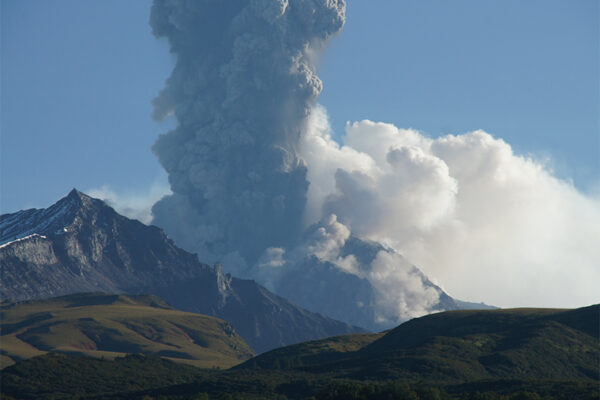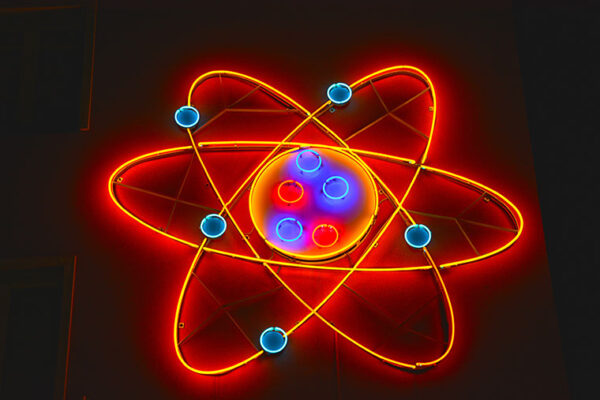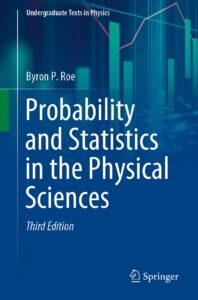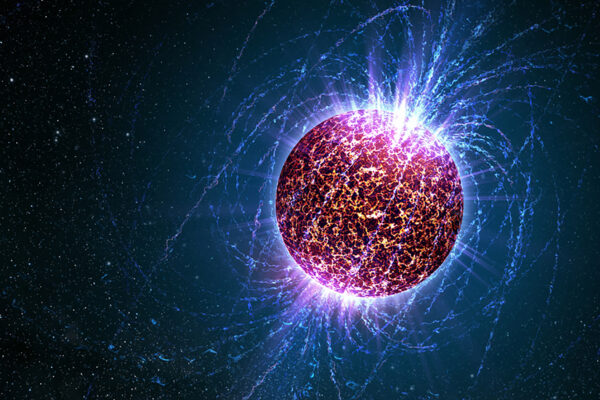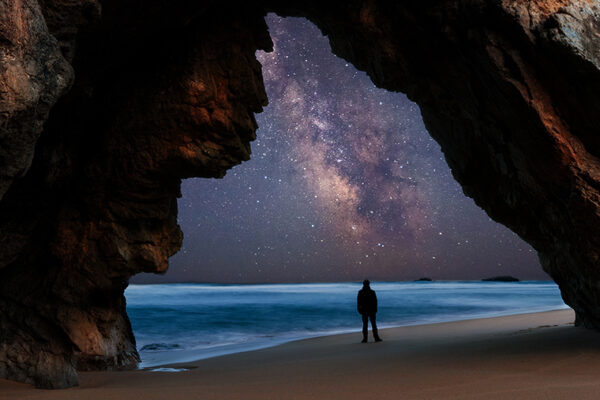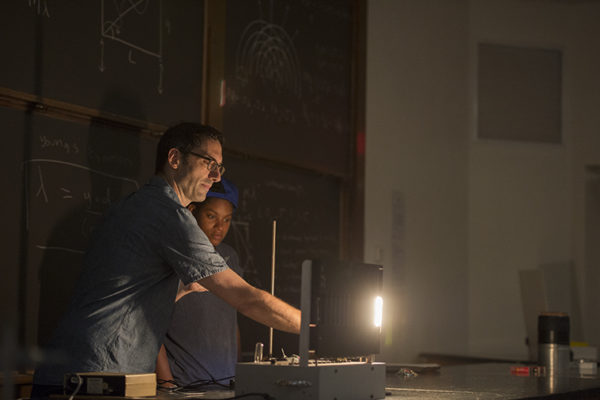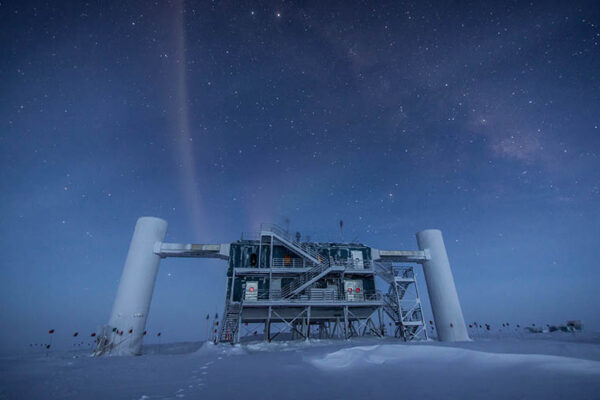Lots of water in the world’s most explosive volcano
Michael Krawczynski, assistant professor of earth and planetary sciences in Arts & Sciences at Washington University in St. Louis, and graduate student Andrea Goltz investigate the deep, inner workings of Shiveluch, a volcano on a remote peninsula in northeastern Russia.
Put a flake on it: A new way to add electrical charge
Gaining control of the flow of electrical current through atomically thin materials is important to potential future applications in photovoltaics or computing. Physicists in Arts & Sciences at Washington University in St. Louis have discovered one way to locally add electrical charge to a graphene device.
Catalano named mineralogical society fellow
Jeff Catalano, professor of earth and planetary sciences in Arts & Sciences, was elected a fellow of the Mineralogical Society of America. The honor recognizes Catalano’s outstanding contributions to the advancement of the fields of mineralogy, crystallography, geochemistry and petrology.
Solving for nuclear structure in light nuclei
Saori Pastore, assistant professor of physics in Arts & Sciences at Washington University in St. Louis, helps explain what happens in nuclei when they decay, scatter among each other or come into contact with subatomic particles. Her recent paper, “Weak Transitions in Light Nuclei,” published in Frontiers in Physics, contributes to a body of increasingly accurate, descriptive calculations of nuclear structure and reactions.
Yang’s work with quantum materials honored by APS
Li Yang, professor of physics in Arts & Sciences, conducted research with black phosphorus — a material with a thickness of just a few atomic layers — in a study that is hailed as a milestone of the past 50 years by the Physical Review B, an academic journal of the American Physical Society.
Probability and Statistics in the Physical Sciences
“Probability and Statistics in the Physical Scienes” by Byron P. Roe offers a practical guide to the use of probability and statistics in experimental physics.
Looking skin deep at the growth of neutron stars
Researchers from physics and chemistry in Arts & Sciences at Washington University in St. Louis leveraged data from nuclear scattering experiments to make stringent constraints on how neutrons and protons arrange themselves in the nucleus. Their predictions are tightly connected to how large neutron stars grow and what elements are likely synthesized in neutron star mergers.
Meteorite study suggests Earth may have always been wet
A new study finds that Earth’s water may have come from materials that were present in the inner solar system at the time the planet formed — instead of that water being delivered by far-reaching comets or asteroids. The research co-authored by physicist Lionel Vacher in Arts & Sciences at Washington University in St. Louis is published Aug. 28 in Science.
Henriksen lands CAREER grant to chase electron effects
The behavior of electrons determines the fundamental properties of any material, such as its ability to conduct electricity. Erik Henriksen, assistant professor of physics in Arts & Sciences, takes advantage of strange-but-true qualities of graphene to search for correlated motion of electrons.
Ultra-high energy events key to study of ghost particles
Bhupal Dev, assistant professor of physics in Arts & Sciences at Washington University in St. Louis, proposes a new way to leverage data from ultra-high energy neutrinos from large neutrino telescopes such as the IceCube Neutrino Observatory in Antarctica.
Older Stories
